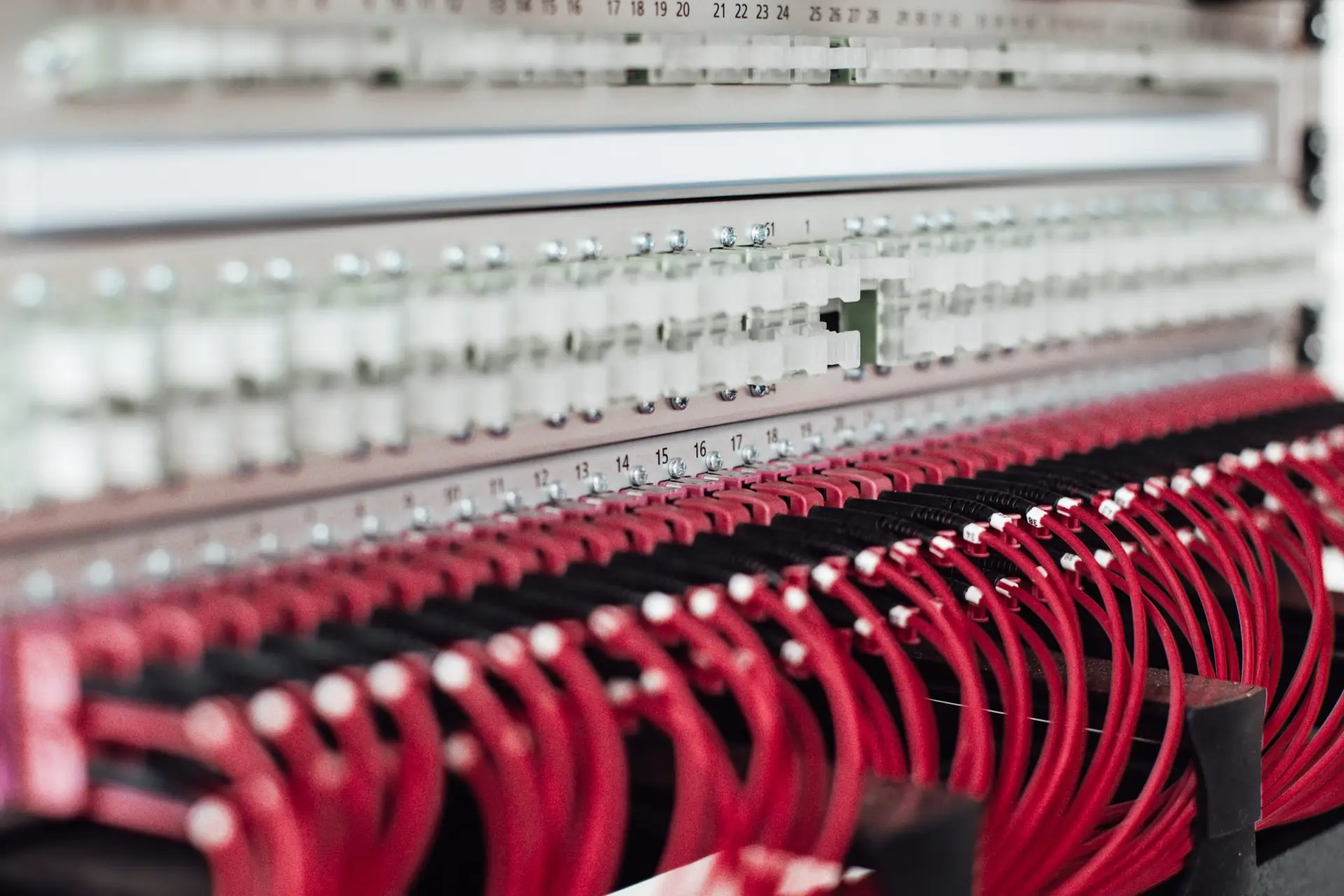Did you know, the discovery of UPT cables is accredited to Alexander Graham Bell? That makes it no surprise that the UTP wire is the most common type of copper telephone ones. Why?
Why is it that to have reliable home connectivity, everyone recommends the use of UTP cables? Let’s find out.
What is a UTP Cable?
UTP is short for “unshielded twisted pair”. For your information, multiple pair cabling is necessary to handle multiple forms of communication in a less expensive way than coaxial cable, for example. That’s why it’s the most common type installed in residential industries.
The twisted cable pairs work by canceling electromagnetic interference from external sources (radiation, groundwater, pressure, root systems), while the wires transmit the signal.
The eight different wires are twisted in pairs of four to prevent malfunction.
What is An Example of a UTP Cable?
As mentioned in the intro, Telephone cables, as well as “Ethernet cables”, are the most common example of a UTP cable. Security cameras can also use UTP wires to match the baseband needed to connect.
There’s another question (more like a misunderstanding) that people have about UTP cables… And that is: What is the difference between Ethernet and UTP?
Believe it or not, they’re the same. When people say the term “Ethernet cable”, they’re referring to Unshielded Twisted Pair cable, which is the more technical way of calling it.
What are the Different Categories and Types of UTP Cables?
Well, we now have a large variety of UTP cables, of different numerations. Some are rare to see nowadays (CAT3), while others dominate the market (Cat6).
Before enlisting them with connectivity details, let me explain you this:
UTP cable categories are referenced with numbers. UTP cable types are the single letters after that number to identify a variable. Now, scroll down to see what we’re talking about.
- CAT3: 10 Mbps to 100 meters of max support. Used in phone lines.
- CAT4: 16 Mbps to 100 meters of max support. Used in token ring networks.
- Cat5 (two twisted pairs): 100 Mbps to 100 meters of max support. Used in Ethernet-based LANs
- Cat5e (four twisted pairs): 1 Gbps to 100 meters of max support. Used in Ethernet-based LANs
- Cat6 (four tightly wound twisted pairs): 1 Gbps transfer rate and 250Mhz bandwidth. Used in Ethernet-based LANs and data center networks
- Cat6a: 1 Gbps transfer rate and 500Mhz bandwidth.
- Cat7: 10 Gbps transfer rate and 1.000Mhz bandwidth.
- Cat7a: 10 Gbps transfer rate and 1.200Mhz bandwidth.
- Cat8: 10 Gbps transfer rate and 2.000Mhz bandwidth.
Differences Between STP (Shielded Twisted Pair) vs. UTP (Unshielded Twisted Pair) Cables?
Now, if you’ve heard about UTP cables then you may or may not have heard about STP cables. What is the difference between these two?
Well, the “Unshielded Twisted Pair” lacks metallic shielding around its copper wires, minimizing electronic interference with its balanced signal transmission. But cable damage and interference are more likely to occur due to its bending and stretching nature.
Now, “Shielded Twisted Pair” cables provide even greater EMI and radio frequency protection. Therefore, STP cables are more expensive and harder to install than UTP cables.
After reading this – Have you found out what category, type, and shield-variable do you need for your business?
Don’t worry if you don’t.
Because we’ll be pleased to help you further, as we did with this article, by answering one-to-one questions.
Get a quote and ask us anything!

